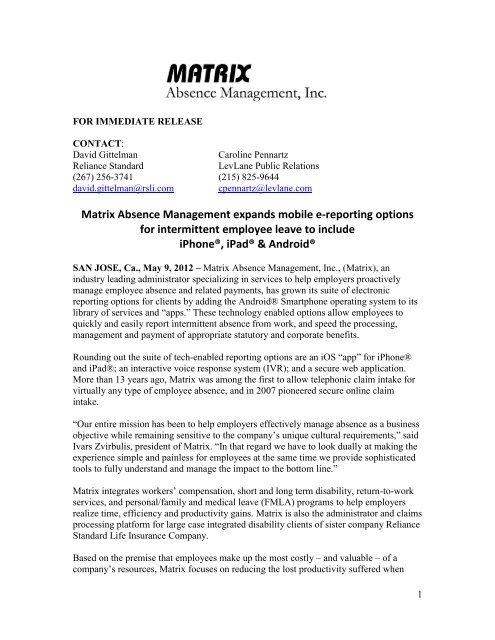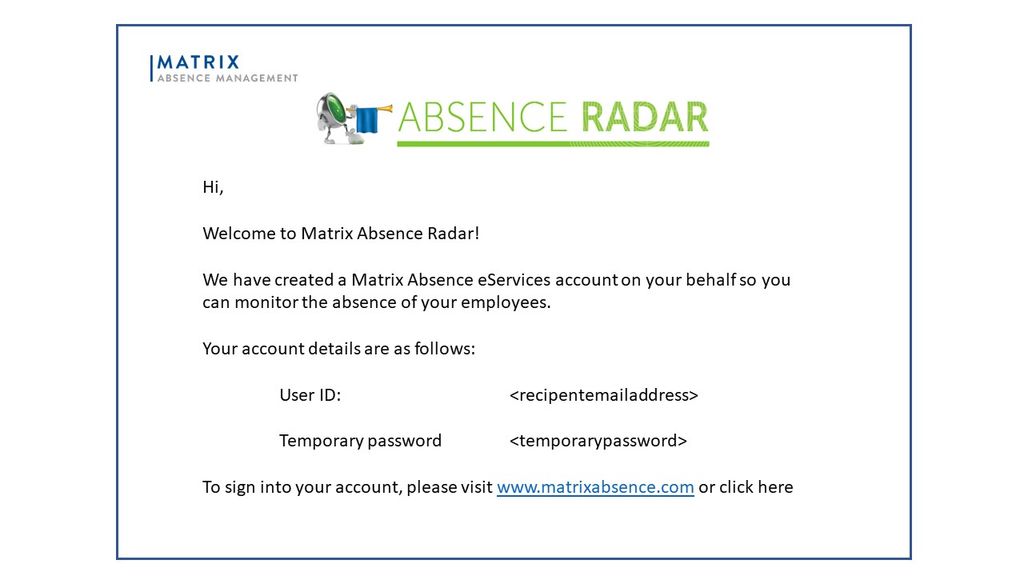

(f) Clostridium perfringens including spores (EN ISO 14189)’

(e) enumeration of culturable microorganisms - colony count 36 ☌ (d) enumeration of culturable microorganisms - colony count 22 ☌ (c) Pseudomonas aeruginosa (EN ISO 16266) “The methods for microbiological parameters are: The microbiological parameters and methods of analysis are specified in Annex III to Directive 98/83/EC that has been amended as follows by Directive 2015/1787 EC: The actual standards to be applied, reflecting the latest scientific and technical progress, are reflected by the amendments to Annex III of Directive 98/83/EC. EN ISO 9308-1 and EN ISO 9308-2 (for the enumeration of Escherichia coli and coliform bacteria) provide all necessary specifications for performing the analysis of Escherichia coli and coliform bacteria.

The combination of the test’s enzymes and selective supplements prevents some common problems of conventional culture methods such as Chromogen Coliform Agar CCA (EN ISO 9308-1): COLIKAT RAPID ® therefore uses selective supplements that inhibit the growth of those bacteria. Yet, some non-coliform bacteria contain the enzymes. Therefore, they cannot transform MUG and ONPG and the test will not detect them. Most of non-coliform bacteria possess neither the β -Galactosidase nor the β -Glucuronidase. Escherichia coli – other then most coliform bacteria – additionally has the enzyme β-Glucuronidase that enables it to hydrolyze MUG so that the sample additionally shows fluorescence under UV-light. Coliform bacteria use their enzyme β-Galactosidase to metabolize ONPG turning the sample yellow. The test contains MUG and ONPG, two common nutritional indicators. sodium thiosulfate, shrink bandĬOLIKAT ® RAPID Comperator Enumeration Tray 51ĬOLIKAT ® RAPID Comperator Enumeration Tray 97ġ sealer to seal COLIKAT ® RAPID Enumeration Tray 51ĬOLIKAT RAPID ® uses certain specific characteristics of both Escherichia coli and coliform bacteria for identification of the species. 100 tests for 100ml samples in stand-up pouch


 0 kommentar(er)
0 kommentar(er)
